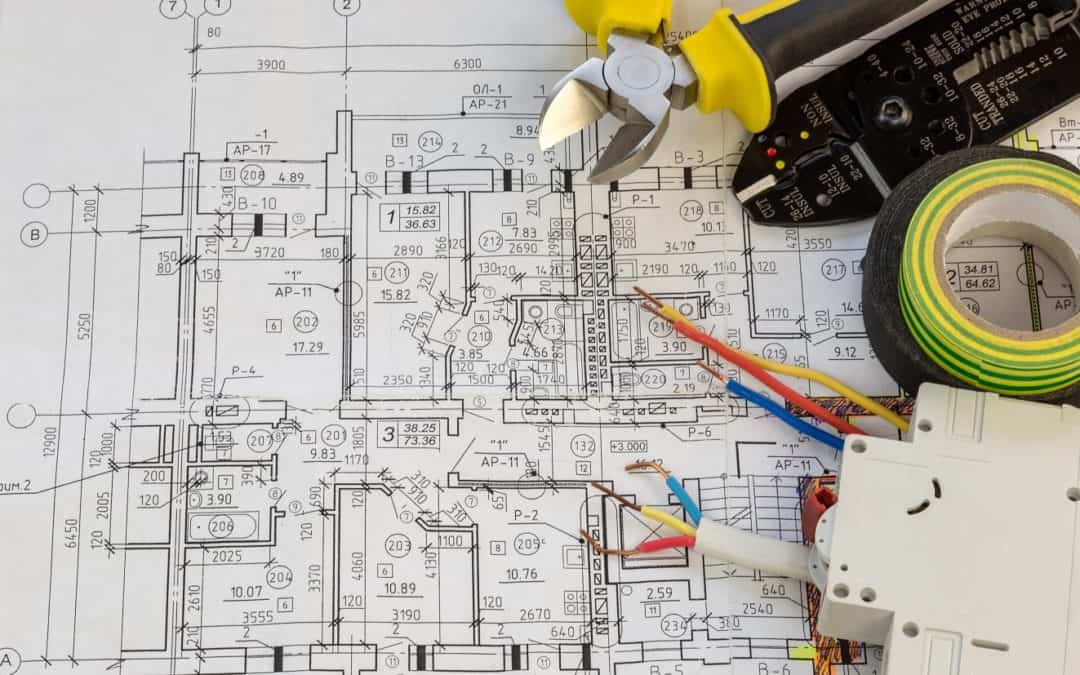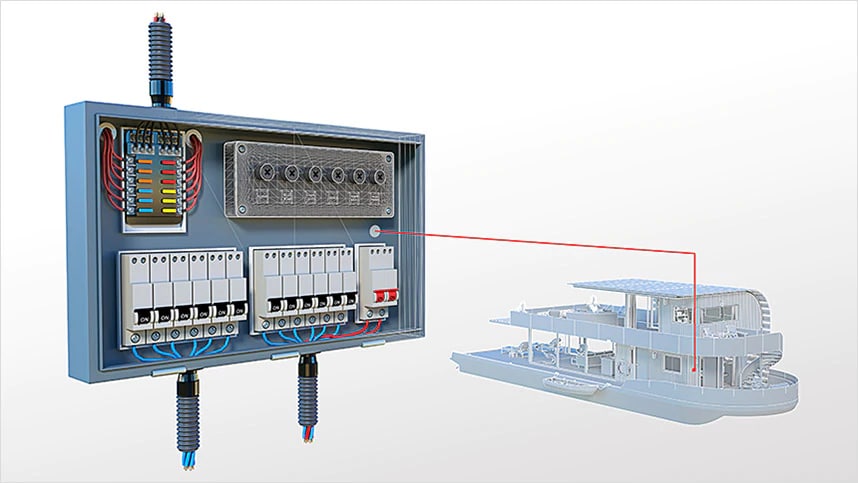Complete Industrial Electrical Design Services to Meet Complex Power Demands
Complete Industrial Electrical Design Services to Meet Complex Power Demands
Blog Article
Cutting-edge Electrical Design Services for Modern Facilities
The development of modern framework requires cutting-edge electrical design solutions that not just boost functional performance yet likewise address sustainability challenges. As urban settings grow significantly complicated, integrating innovations such as smart grids and renewable power resources comes to be critical. These improvements not only assure to maximize power intake yet additionally foster durability versus future demands. Nevertheless, the landscape of electric design is going through quick transformation, prompting a more detailed assessment of emerging fads and their effects for long-lasting infrastructure stability. What might the future hold for those who embrace these innovative strategies?
Value of Innovative Electric Design
Cutting-edge electric design plays a critical role in modern facilities, affecting not just effectiveness but likewise sustainability. As cities progress and the need for power rises, the need for sophisticated electrical systems ends up being critical. These systems have to not just fulfill existing demands however likewise prepare for future development and technical developments.
A well-executed electrical design can considerably reduce power consumption, therefore lowering operational prices and reducing environmental effect. By including renewable resource resources, such as photovoltaic panels and wind generators, cutting-edge designs can improve power independence and durability. Furthermore, smart grid innovations permit real-time monitoring and monitoring of energy circulation, optimizing efficiency and minimizing waste.
Safety is another crucial element of electric design. Applying advanced technologies and extensive requirements can mitigate threats associated with electrical failings, guaranteeing a safe and secure setting for organizations and citizens alike. Furthermore, cutting-edge styles assist in flexibility, permitting infrastructures to integrate emerging modern technologies flawlessly.
Trick Patterns in Electric Design
As the landscape of electric design continues to evolve, a number of essential patterns are forming the future of the sector. One substantial pattern is the integration of clever modern technology into electric systems. The expansion of the Net of Points (IoT) has enabled real-time monitoring and control of electrical tools, boosting performance and assisting in predictive upkeep.
An additional pattern is the expanding emphasis on modular design. This strategy permits scalable and adaptable services, enabling facilities to adjust to changing demands without comprehensive improvements. In addition, making use of sophisticated simulation tools and Structure Info Modeling (BIM) is coming to be increasingly common, simplifying the design procedure and boosting cooperation among stakeholders.
Additionally, innovations in materials scientific research are causing the growth of lighter, a lot more long lasting, and energy-efficient components. This technology is particularly vital for high-performance structures and facilities tasks.
Finally, there is a significant change in the direction of data-driven decision-making - electrical design services. Leveraging information analytics assists designers optimize systems for performance and cost-effectiveness. With each other, these trends represent a transformative era in electrical design, improving functionality, sustainability, and durability in contemporary framework
Lasting Energy Solutions
Sustainable energy remedies are progressively becoming an essential emphasis in electrical design, mirroring a more comprehensive dedication to ecological responsibility and source effectiveness. These options intend to minimize ecological effect while maximizing energy consumption in various frameworks, from property structures to large industrial facilities.
One of the leading strategies entails the combination of renewable resource resources, such as solar panels and wind turbines, into electrical systems. This not only decreases reliance on fossil gas yet also improves energy strength. Furthermore, cutting-edge power storage systems, such as sophisticated batteries, allow reliable monitoring and distribution of energy, guaranteeing that surplus energy generated during optimal production can be used throughout high need periods.
Additionally, energy-efficient design methods are being embraced to boost overall system performance. This includes utilizing energy-efficient lights, HVAC systems, and wise structure innovations that adjust and keep track of power usage based upon tenancy and environmental conditions.
Smart Grid Technologies
The implementation of sustainable energy solutions normally brings about the expedition of clever grid innovations, which view it now play a pivotal role in improving electrical systems. Smart grids take advantage of advanced communication technologies and information analytics to enhance the dependability, effectiveness, and sustainability of electrical power circulation. By integrating digital technology with typical grid facilities, these systems help with real-time surveillance, automated control, and enhanced decision-making abilities.
One of the vital functions of wise grids is their capability to fit renewable resource resources, such as solar and wind power. This adaptability not just minimizes dependency on fossil fuels but also permits a more decentralized energy manufacturing design. In addition, clever grids make it possible for demand response programs, where consumers can change their energy usage based on real-time prices, therefore advertising energy conservation and lowering peak tons demands.
In addition, smart grid technologies improve grid resilience by allowing quicker recognition and resolution of blackouts, eventually minimizing downtime. With predictive maintenance and analytics, energies can enhance and optimize operations solution delivery. As areas and cities continue to develop, wise grid technologies are crucial for constructing a sustainable and efficient electric framework that satisfies the demands of modern society.

Future-Proofing Infrastructure
To guarantee lasting practicality and adaptability, future-proofing framework is crucial in the swiftly advancing landscape of electrical design solutions. As technology advances and power needs shift, it is essential that electrical systems are designed with flexibility in mind. This involves integrating scalable remedies that can fit future upgrades without necessitating considerable overhauls.

Additionally, sustainability has to be a cornerstone web of future-proofed layouts. Utilizing renewable resource resources, such as solar and wind, and optimizing power effectiveness decrease dependency on fossil fuels, straightening with worldwide initiatives to battle environment change.
Conclusion
In conclusion, ingenious electric design services play an essential duty in forming contemporary infrastructure. By focusing on versatility, sustainability, and effectiveness, these services address the advancing needs of energy systems. The integration of wise grid technologies and lasting power options boosts durability and reduces functional expenses. Future-proofing framework via advanced simulation devices and modular approaches makes certain that electrical systems stay receptive to altering demands, ultimately adding to a more energy-independent and sustainable future.
A well-executed electrical design can considerably minimize energy consumption, consequently lowering operational expenses and decreasing environmental effect. By including eco-friendly energy resources, such as solar panels and wind generators, innovative styles can improve power self-reliance and strength. In addition, cutting-edge power storage systems, such as advanced batteries, allow effective administration and circulation of energy, making sure that excess power a knockout post created throughout optimal manufacturing can be utilized during high demand durations.
Wise grids allow need reaction programs, where customers can change their energy use based on real-time pricing, thus promoting power conservation and decreasing peak tons needs. (industrial electrical design)
As modern technology developments and power demands change, it is crucial that electrical systems are developed with adaptability in mind.
Report this page